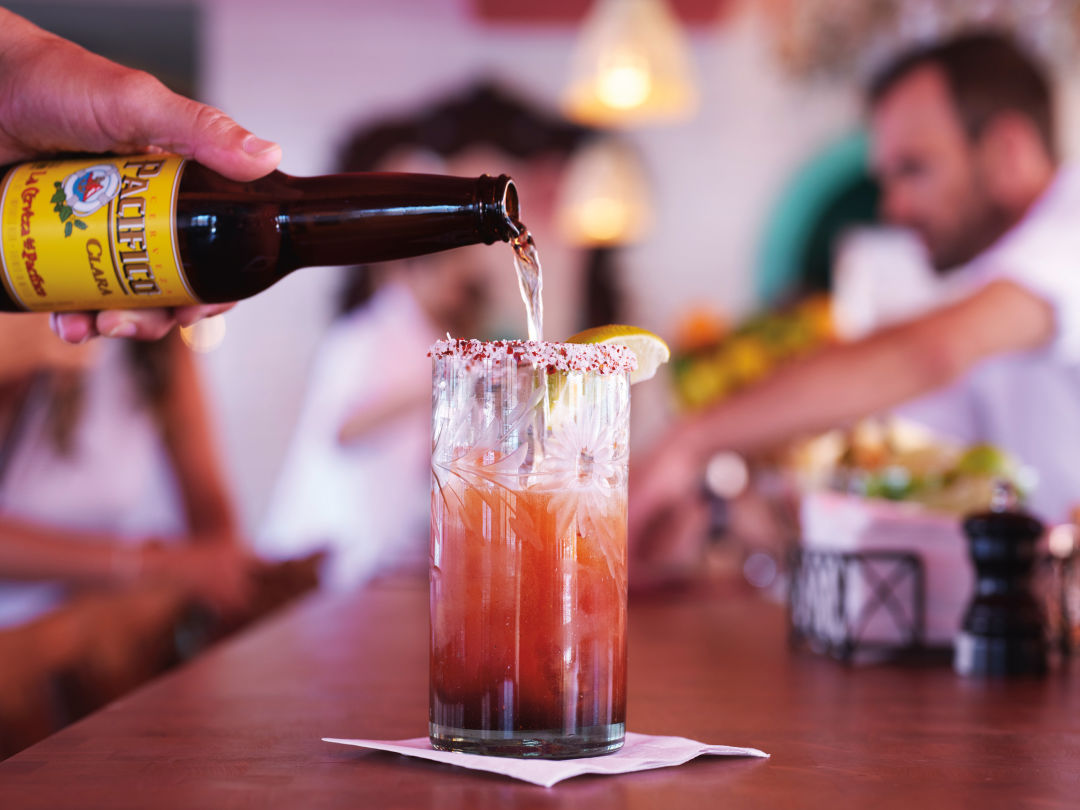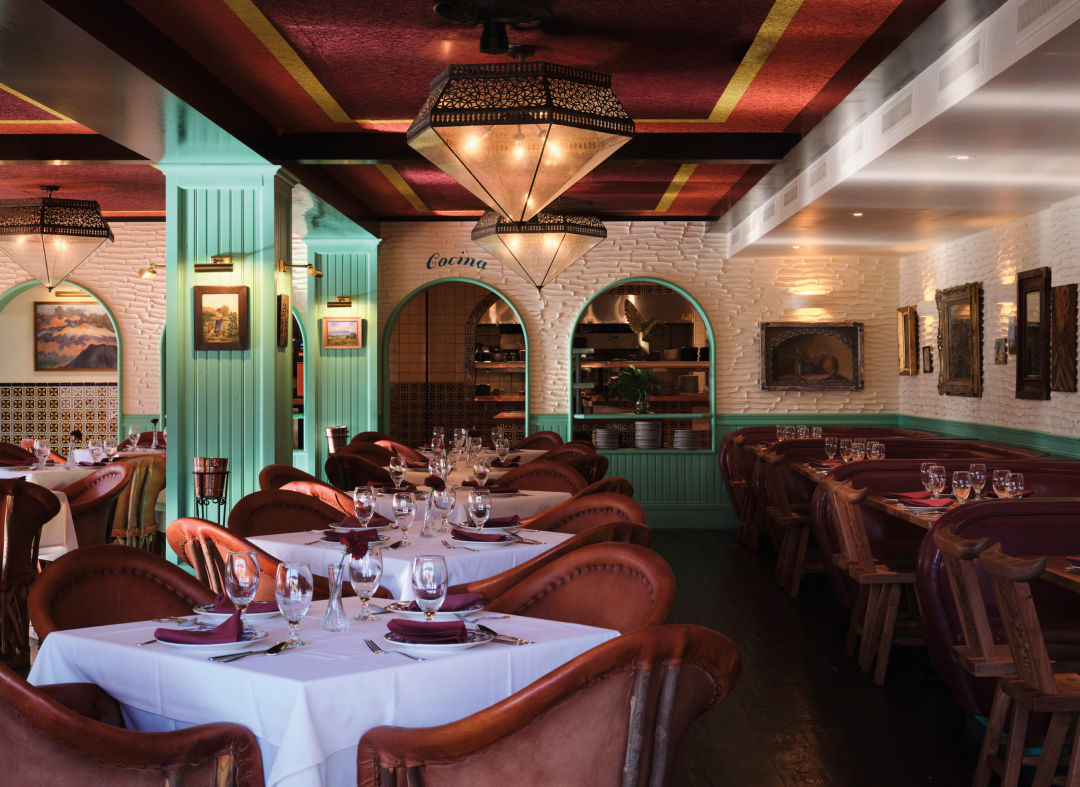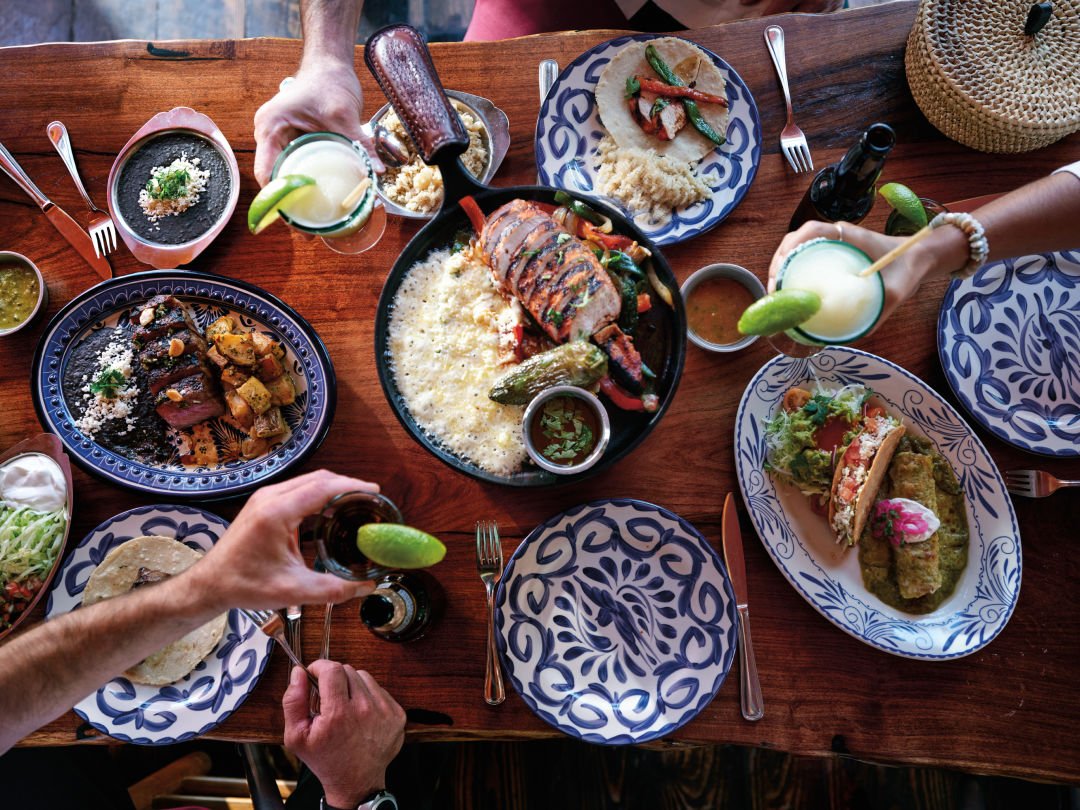Price Points

The house Michelada at Las Montañas is a hangover helper.
Image: Matt Harrignton
Living and dining in Aspen have always been expensive (show us a local who doesn’t regularly drive downvalley for gas), but lately, when it comes to menu prices, diners have begun to wonder if they’re being pranked. Of course, over the past two years, everything to do with running a restaurant has gotten more expensive: labor, rent, paper goods, cleaning supplies, benefits, gas, and the ingredients themselves. In August, The New York Times reported that since 2019, the cost of canola oil has skyrocketed by 159 percent, all-purpose flour has risen by 61 percent, and premium items like scallops have ballooned by 118 percent. These are significant increases, and most restaurants have no choice but to raise prices. But there’s a difference between a dish that was once $16 and is now $20 (ouch, but doable), and inflationary menu pricing that, like dealer markups on a Lunar Rock 4Runner, seems, well, opportunistic.
What feels like price gouging has stoked further angst and animosity in the love-hate relationship between locals and tourists. Adding to the tension are the “new locals,” the billionaires who came to town during the pandemic and never left, where money is no object. So, who are restaurants really catering to?

The Jimmy’s party vibe remains even as the space has been refreshed and brightened.
Image: Matt Harrignton
In speaking with different owners over the past year, the “we want locals to be able to eat here, too” refrain is a common one. At Steakhouse 316, the bar menu, which lists mussels and frites at $25, the jumbo lump crab cake at $16, and the bistro steak with béarnaise and frites at $35, is intentionally positioned to draw locals. “There’s a big difference between $30 and $70 entrée, and you want to be able to go out in your own town,” co-owner Samantha Cordts-Pearce says. So too went a conversation with Camille Carlin, marketing and public relations director of PARC, the restaurant that recently opened in the former L’Hostaria space. PARC’s menu is tiered—a bar menu with locals in mind, higher-end dining room fare, and private dining experiences, with the hope that everyone will be happy. “We’re treating the bar like L’Host did, as a local’s living room,” Carlin says. “You can sit, have a glass of wine, and enjoy a reasonably priced meal.”
So where does a newcomer like Las Montañas, which opened in the old Jimmy’s space in July, land? (The Tex-Mex restaurant is owned by Austin-based company MML Hospitality, which also runs Catch Steak, Clark’s Oyster Bar, and recently purchased the Mountain Chalet hotel.) This is where a $95 fajitas entree lives. But there’s also a $12 tuna tostada, an $8 crispy beef taco, and a $8 smashed cucumber appetizer for those looking for a relative bargain. And the atmosphere is fun—the Jimmy’s party vibe remains even as the space has been refreshed and brightened. Windows that previously were semi-blocked are flooded with light and views of Red Mountain, and turquoise-teal painted doors and pillars add playfulness. Las Montañas feels like a grown-up La Cocina, Aspen’s beloved Mexican restaurant that closed in 2005 after 33 years.
Larry McGuire, one of the partners in MML, says Las Montañas’s menu is based, in part, on La Piscina, a Tex-Mex restaurant MML runs inside its Austin Proper Hotel. “We have a similar menu in Austin in the Proper at La Piscina,” he says. There, however, many of the same menu items are less expensive: The $19 Caesar salad is $18, the nachos with steak arrachera ring in at $23 rather than $35, the steak arrachera fajitas is $44 instead of $55, and the steak arrachera and achiote chicken fajitas combo is $95 rather than $48.

Family-style platters add a festive flair to dinner.
Image: Matt Harrignton
OK, so it’s more expensive to run a restaurant in Aspen, but does this all add up? McGuire says yes. “Everything is more expensive up here. [Las Montañas] is ingredient-driven and it’s labor intensive to make salsas, butcher the meat for fajitas, make corn and flour tortillas—we have two to three people just making tortillas. We use prime meats, we fire our own chips, we do our own juicing for margaritas. It’s an insane amount of work,” he says. “People think of Tex-Mex as inexpensive but when you use expensive, good ingredients, the labor is the same as a fine dining restaurant.” All that said, McGuire does recognize the need to appeal to the year-round local community.
“I get that there’s the local scene and the tourist scene,” he says. “We try to hit a sweet spot and have something for everyone. Happy hour is coming soon, and that is geared toward the locals.” It used to be that a restaurant couldn’t survive without the core community’s support, but that has changed as the town’s demographics have shifted. The new reality: Local wage earners seeking an affordable night out on the town may no longer have a seat at the table, but at least they can still find a stool at the bar.













































